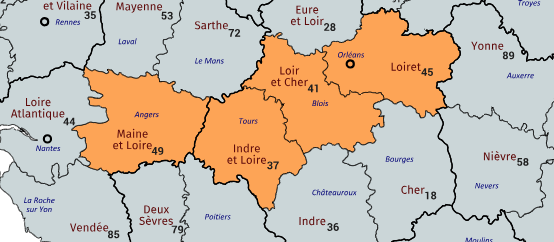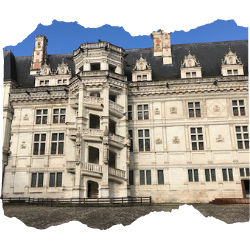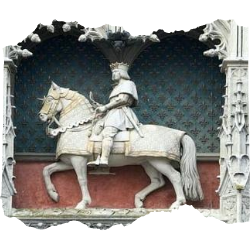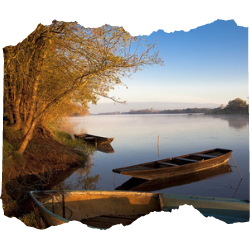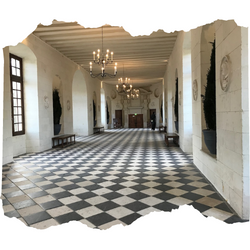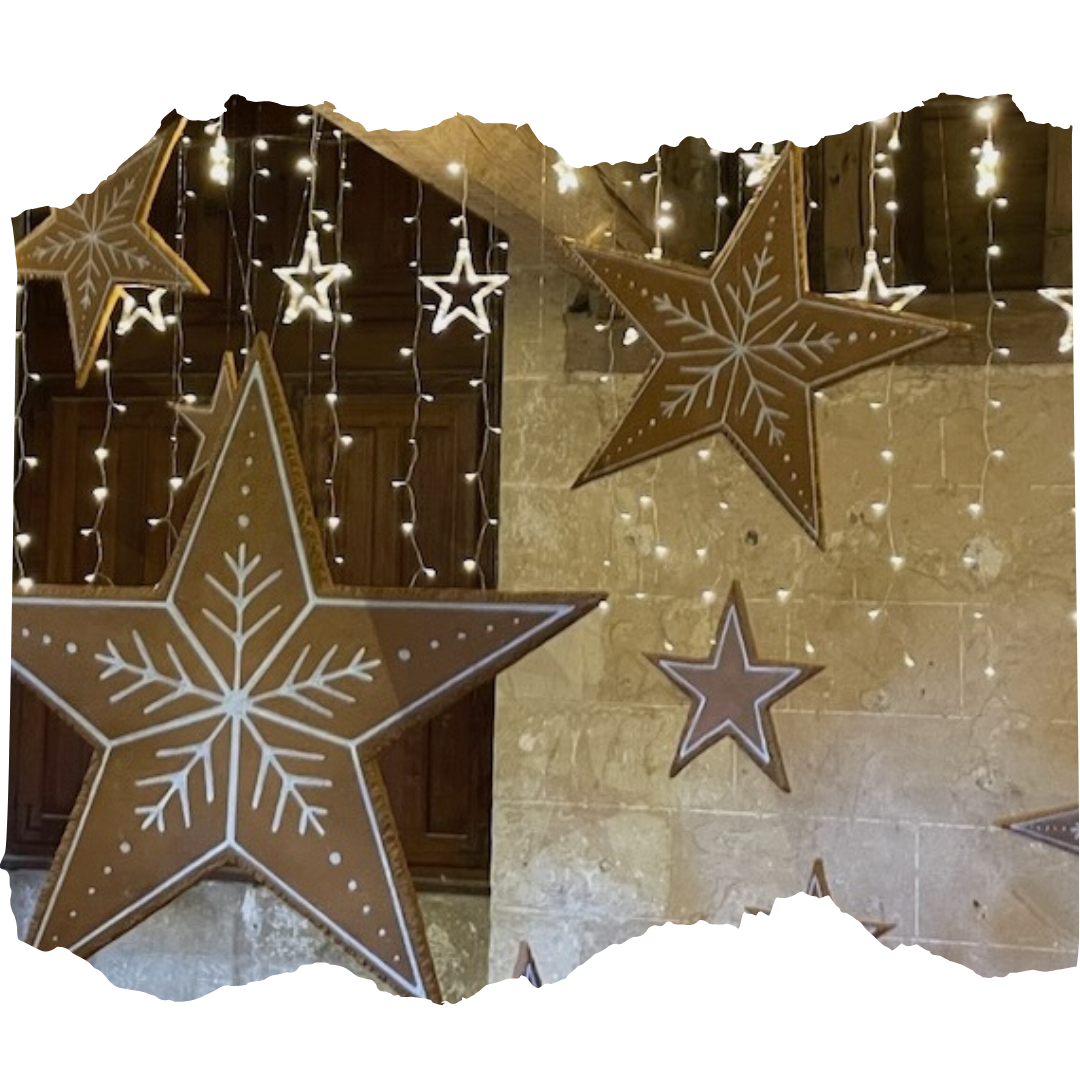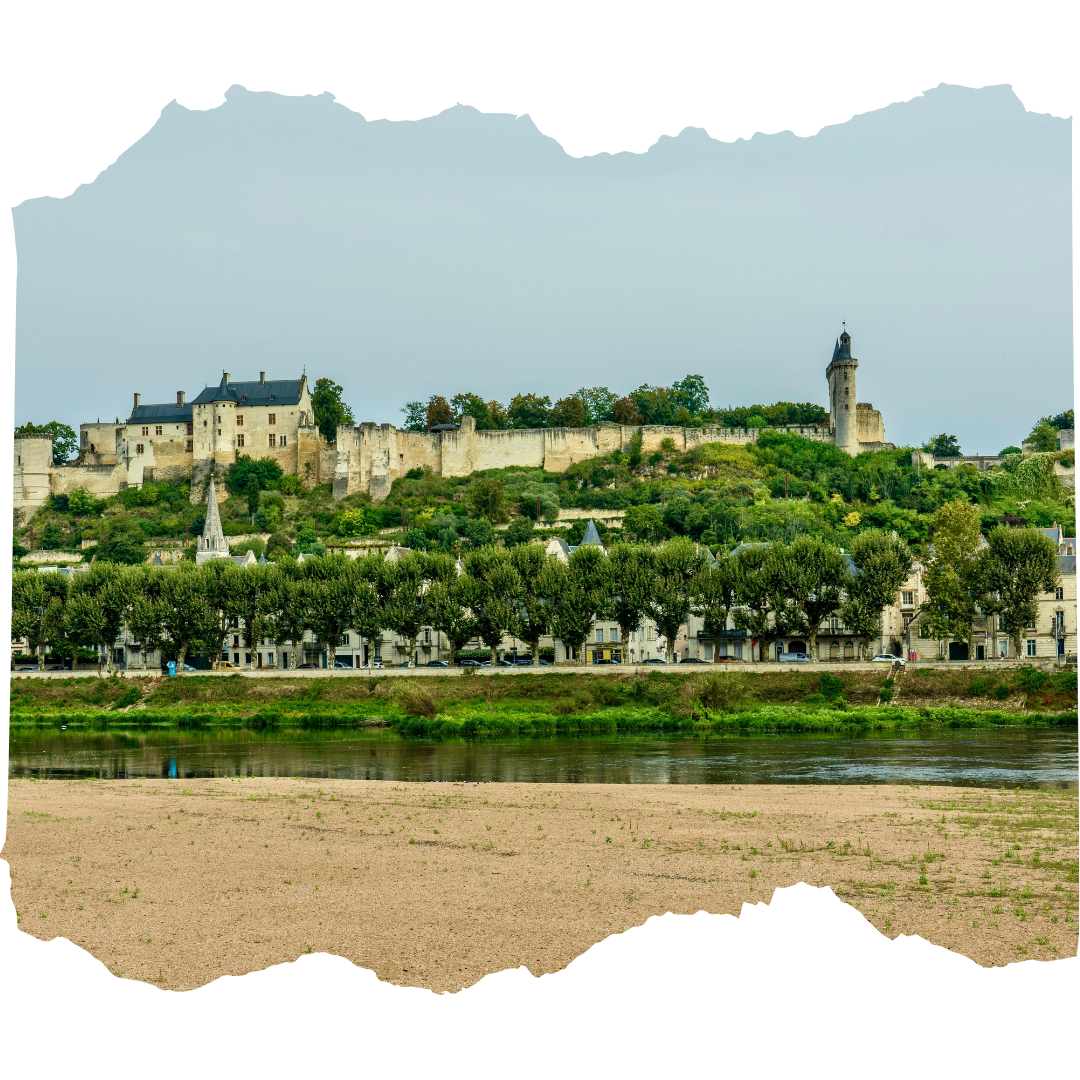Unsure about your French table manners? Click Here to download > > How to avoid these 10 food etiquette mistakes !
- Home ›
- Destinations ›
- Loire Valley
Loire Valley Travel Guide
Updated 11 December 2024 by Leyla Alyanak — Parisian by birth, Lyonnaise by adoption, historian by passion
I live about six hours from the Loire Valley so I visit often. Each time I go, I try to explore new towns and châteaux, and look for the stories and histories behind them, which I share here.
The Loire Valley, often referred to as the cradle of French history, is not just a region; it's a showcase of France's lavish past and its present-day energy.
This is an ancient land which fashioned a great part of France as we know her today: most of French history's major events either took place here, or are in some way linked to the spectacular Loire Valley.
It's often called the "Garden of France" and earned UNESCO World Heritage status in 2000 for its cultural landscapes of exceptional beauty and historical significance. The protected area spans 280 km/174 mi and includes the region's iconic châteaux, historic towns like Amboise, Blois and Tours, and traditional vineyards.
Practical matters
- Region: Centre-Val de Loire and Pays de la Loire (stretches into both)
- Departments: Loiret, Loir-et-Cher, Indre-et-Loire, Maine-et-Loire
- Best time to visit: late spring (May to June) for blooming gardens and fewer crowds, early autumn (September to October) for wine harvests and changing foliage. Both have mild weather. Christmas is also increasingly popular.
Map of the Loire Valley
Must-see experiences of the Loire Valley
- Iconic castles – more than 300 of them
- The region is full of historic towns, like Amboise and Blois, with charming old-world streets, bustling markets, and major historical sites.
- The city of Tours, with its high-energy Place Plumereau, is the region's cultural hub.
- Angers, with its imposing fortress and the awe-inspiring Apocalypse Tapestry, tells of the dukes of Anjou and their once-mighty empire.
- Wine tours, hot air balloon rides, cycle routes...
The food and wines of the Loire Valley
The Loire Valley's culinary scene is as rich as its history, not surprising for the "Garden of France."
Local specialties include rillettes from Tours, pears from Rivarennes, and the tarte Tatin, an upside-down apple tart that originated in Lamotte-Beuvron.
The region's wine route, dotted with tasting cellars and vineyard estates, take you through Sancerre and Pouilly-Fumé for whites, Vouvray or Saumur for sparkling wine, the reds of Chinon and Bourgueil.
Historical events of the Loire Valley
- The Rise of the Plantagenet Dynasty (12th Century): Henry II's court in Chinon was a focal point for medieval politics and the arts, and it was here that the future King Richard the Lionheart and King John of England spent much of their youth.
- Joan of Arc's Siege of Orléans (1429): Joan of Arc's liberation of the city marked a significant turning point in the Hundred Years' War, leading to a French victory and the eventual expulsion of the English from France.
- Cradle of the French Renaissance (15th-16th Century): This was a period of cultural rebirth and intellectual prosperity. Kings and nobles built opulent châteaux, and invited artists and scholars to their courts, including Leonardo da Vinci, who spent his last years in Amboise.
- The Huguenot Wars (1562-1598): This series of eight conflicts between Catholics and Huguenots was often fought in the Loire Valley, especially the notorious Battle of Dreux and the siege of Tours.
- The French Revolution (1789-1799): Many of the region's châteaux were nationalized or destroyed, symbols of the ancien régime.
- World War II (1939-1945): The Loire River marked the division between free and Nazi-occupied France. The region was a hotbed of resistance activity, and the Loire's châteaux played a role as secret meeting places for the Resistance, as escape routes for prisoners of war and downed airmen, and as hiding places for art treasures brought down from the museums of Paris.
